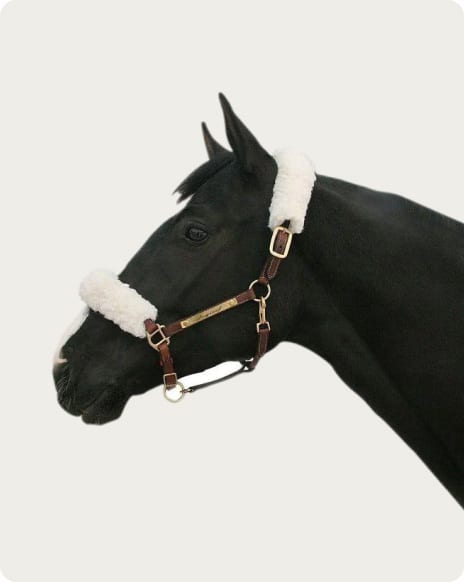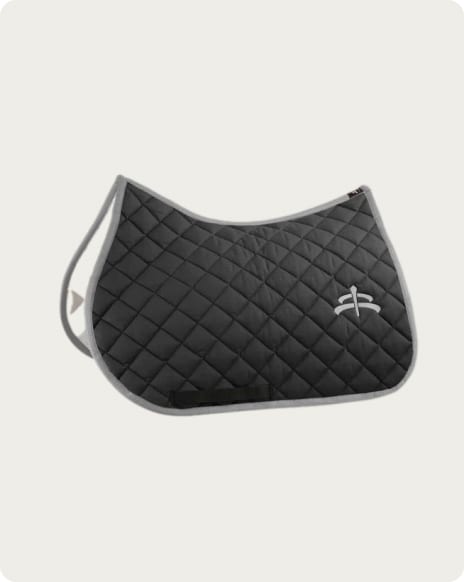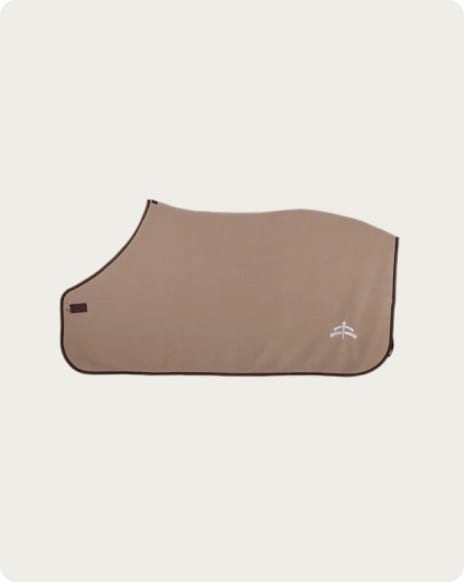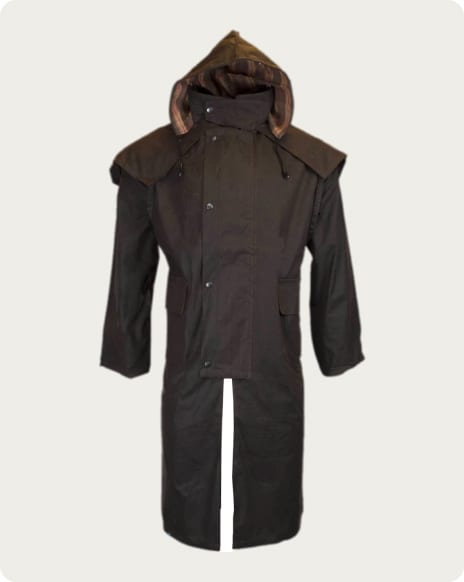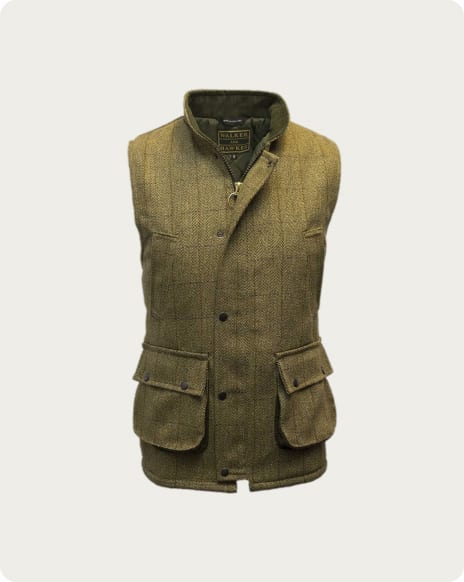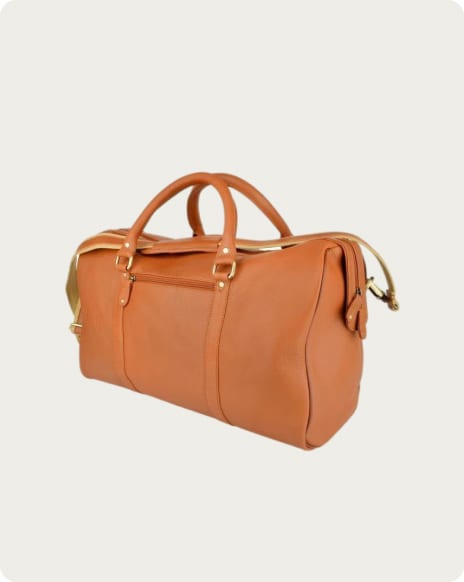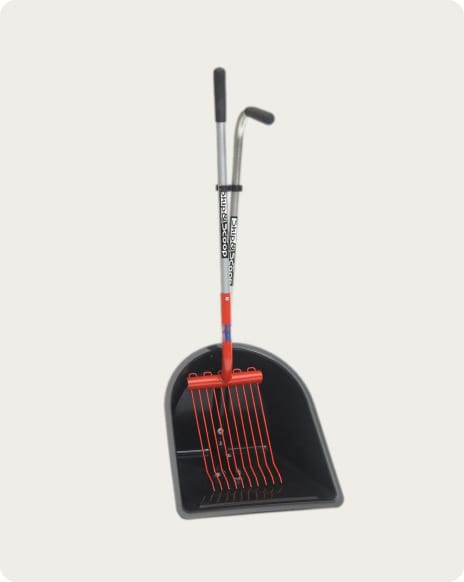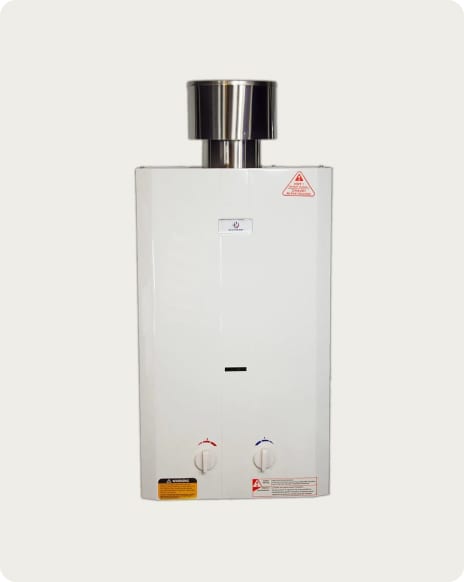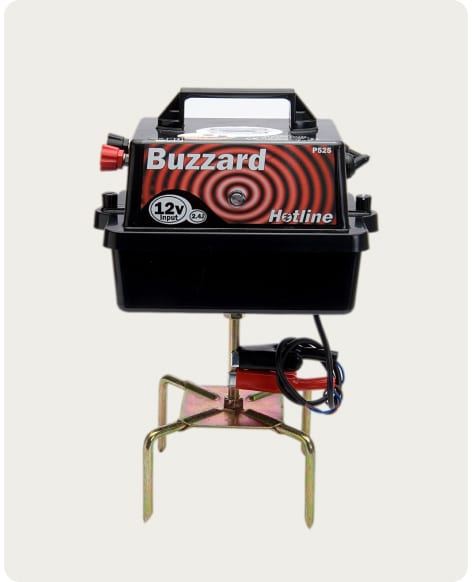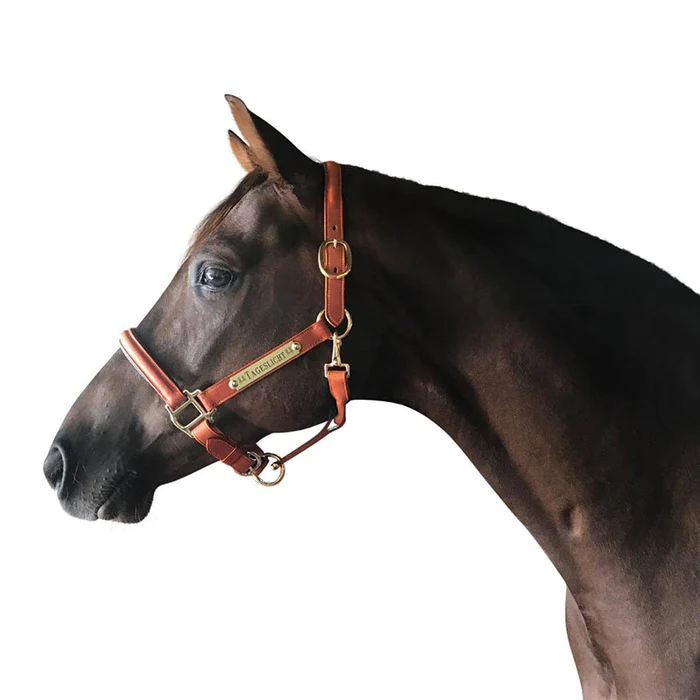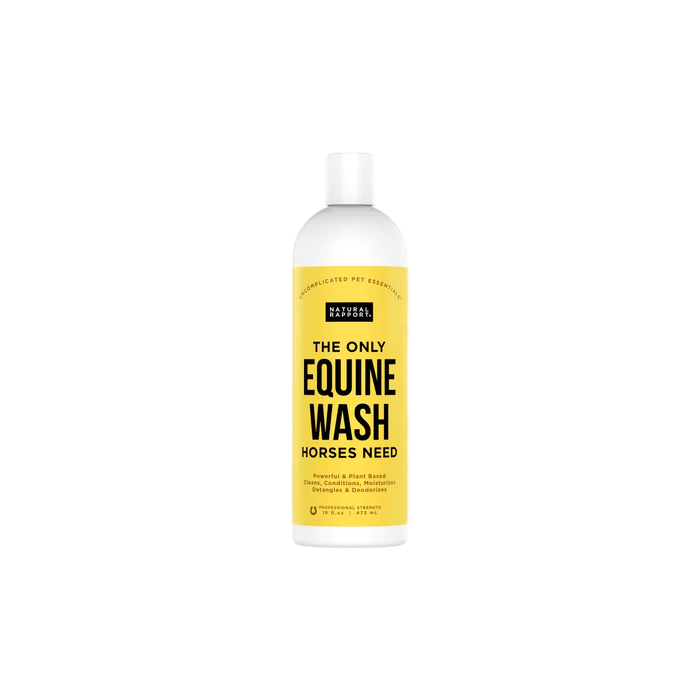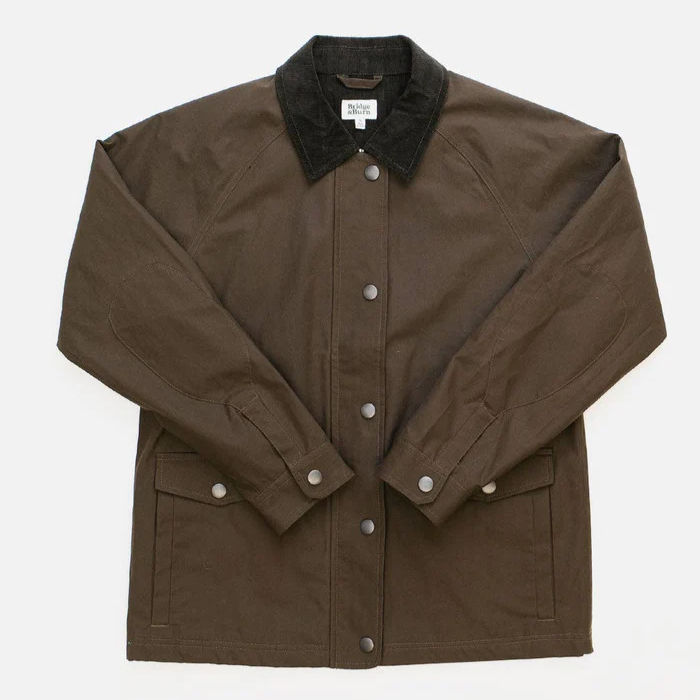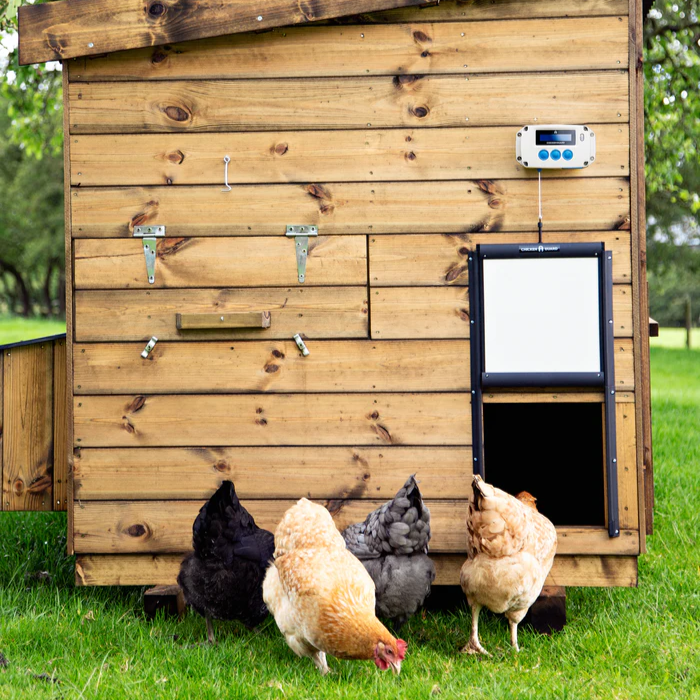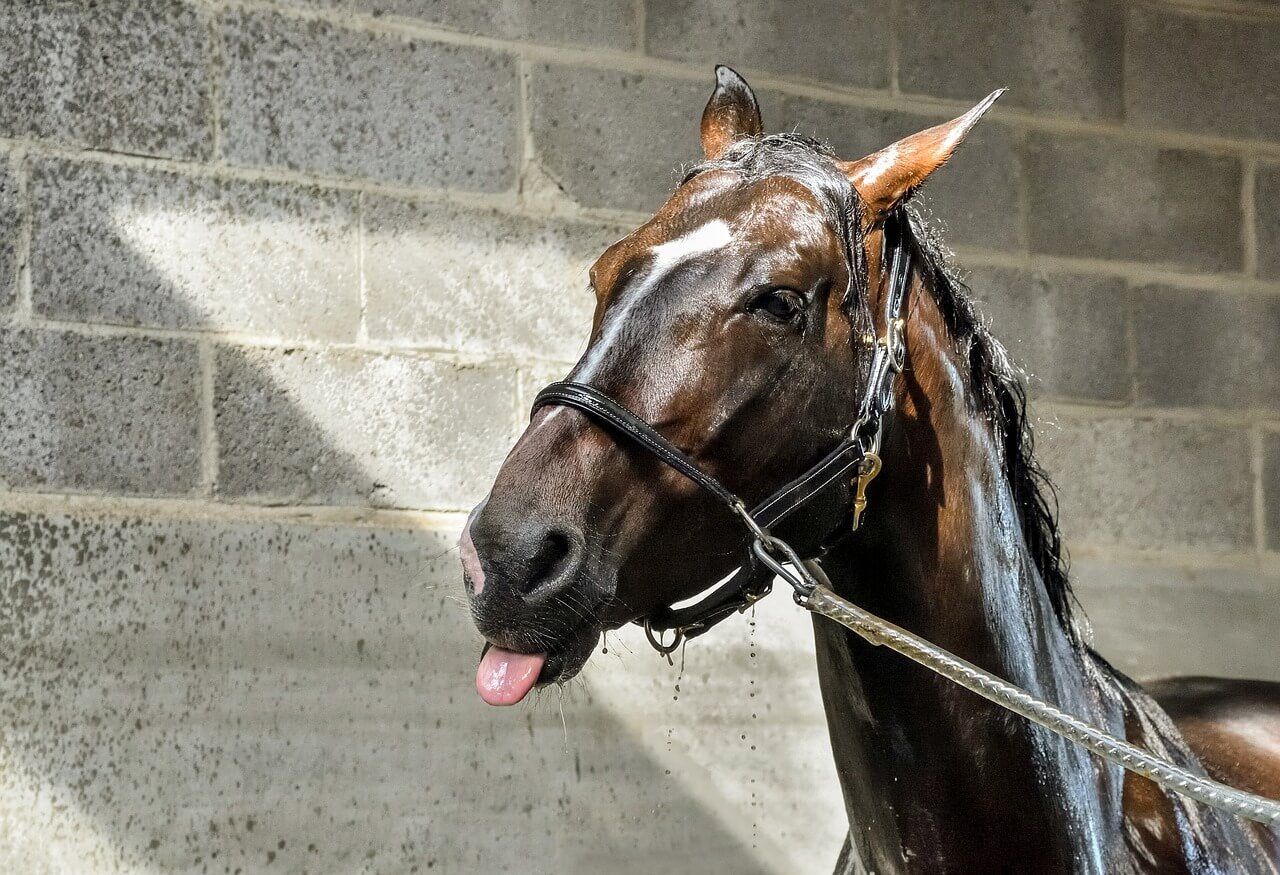
A regular bath is a good time to get any lingering mud, dirt and sweat off your horse, bond with him and give him a good check over for any unusual lumps, bumps or marks while you’re at it. In winter, it’s sometimes the easiest way to get a really muddy horse clean and in summer, a bath is a quick way to get a glistening coat for a show or give your horse a really nice cool down after a long workout in the heat. On top of that, riding a dirty horse can cause rubs and chafing, as well as itchy skin and even fungus – and you can imagine how that makes your horse feel about you riding! So for the benefit of everyone, it’s best to learn how to easily and properly give a horse a good bath.
If you learn how to give a horse a bath properly, it shouldn’t take you hours or be an overly unpleasant or stressful experience for neither horse nor owner. If you've never bathed or showered a horse, please ask someone who has done it before to help you, remember - safety first! If the horse has never been bathed or showered, the whole process will take longer and it's important not to rush things as the horse can become traumatised by the whole experience.
Things You'll Need
It’s important to make sure you have all the right equipment before you start the bath, so you don’t have to keep leaving your soaking wet horse standing around while you run to fetch something you forgot.
Water Supply
Obviously, you’ll need a water supply. A hosepipe will do the job and in a real pinch, you can even use water buckets and a sponge, though it makes the job much harder!
Horse Shower
A portable hot horse shower is your best friend in terms of water supply as it allows you to set the temperature and easily reach all areas of your horse without any problems
Grooming Tools
You’ll also need a curry comb, shampoo, a sweat scraper, a gentle detangler and possibly a towel.
Shampoo
If the horse needs a proper cleaning, you'll need to purchase a shampoo. Coat, mane and tail of the horse can be cleaned with shampoo. Areas around the ears, eyes, nose and mouth should be avoided.
How To Shower or Bathe a Horse
If your horse has brittle hooves, use a hoof oil or sealant beforehand. The best way is to get the entire horse damp, then to shampoo and rinse. Doing the bathing entire process in one section before repeating it in another section is hard with horses, as the water tends to go everywhere (including on your hair and all over your feet) and they move around. The best way is to hose the legs off first, then move on to the shoulder, body and flanks, then towards the neck and face, finishing off by hosing down the horse’s tail. Always keep the hose or horse shower nozzle pointing away from the horse’s head.
You may need to use a sponge for the horse’s face, as most of them aren’t too keen on running water being poured on their heads!
After that, pour a horse-suitable shampoo on the sponge and rub it all over your horse with plenty of warm water. Go over the horse doing the same thing with the rubber curry comb in a circular motion just as if you were grooming to help lather it up and to get the dirt out. You can go through the mane and tail with your hands and some shampoo to work it in properly, as though you were washing your own hair.
Rinsing
When you rinse, it’s easiest to start at the neck if the horse isn’t nervous of water, moving on to the body and tail, and then the legs. By pointing the hose down the neck towards the shoulder, you avoid having to go over the same area twice. If you rinse the shampoo off the legs first, you end up doing them multiple times as more and more shampoo and dirt continues to run down them.
Get all of the shampoo out by using a curry comb, grooming mitt or your hand to brush the horse until the water runs clear and has no suds remaining. Pay special attention to the underside of the horse’s stomach, because the soap can collect there as it runs down the horse during the rinsing. Where the mane and tail are concerned, be sure to rub with your fingers to ensure there is no shampoo trapped between thick hair.
Finally, rinse off the legs and ensure that no dirt or mud is collecting on the horse’s pasterns or heels.
Drying
First, scrape off all the excess water by going over the horse thoroughly with a sweat scraper. If the horse has a long coat or it’s chilly, rub the horse down with a dry towel on his legs and body, before hand-walking or turning the horse into a sunny (and not dusty or muddy!) paddock to dry.



